
The calf muscles are the paired muscles and they are located below the knees, and on the back side of the legs and behind the bone called tibia. The main functions of these muscles are the stabilization when standing and producing the force when doing some physical activity.
They are connected to the heel bone by the Achilles tendon and the injuries of this tendon are sometimes closely related to the calf problems. For example, the tearing of the calf muscle fibers occurs when this tendon is forced to be extended over its limits and in that way the less strong fibers of muscles tend to break.
The described type of injury is the most common among the calf injuries and it is more likely to happen in sportsmen, especially if the warming-up exercises weren’t done properly or weren’t done at all. The reason is simple, the Achilles tendon and the calf muscles must be prepared for stretching and contracting.
The torn calf is the most serious injury of this area, but the calf muscles can be only strained, as well. The most prominent symptoms are the cramps in the affected area and the pain that gets worse every time the muscle is used. Also, the pain can be extended to the heel or the knee.
Also, the pain could be followed by the inflammatory process and the calf then tends to become swollen. One of the possible complications is the production of haematoma, since the blood is likely to accumulate in the injured area.
The treatment depends on the seriousness of an injury. The condition of the torn calf muscle can be severe, mild and moderate. This categorization is based on the amount of tear, and only the most serious type of the injury involves the totally broken muscle fibers. In that case, the accumulation of the blood and swelling are the inevitable consequences.
The most important thing, concerning this type of injury is the first aid treatment. First of all, the injured leg must be put to rest and any movement must be avoided. Also, putting the ice on the affected area (and holding it there for a quarter an hour) is very recommendable to be done immediately, but the ice mustn’t get into the contact with skin. The next thing one should do is to wrap the calf with a flexible bandage, so that the calf wouldn’t be pressed excessively.
During the recovery process, the leg must be held in the upward position, in order to reduce the swelling. The best solution for relieving the pain is taking the analgesics.
The last option is the surgical intervention and it is more recommendable in sportsmen because they need their calf to be healed faster. This intervention is actually the process of connecting the torn end of the calf muscles to the Achilles tendon.





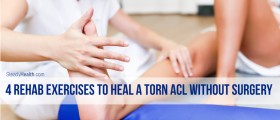


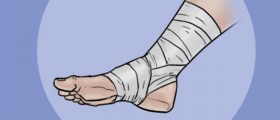
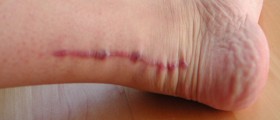

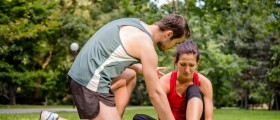



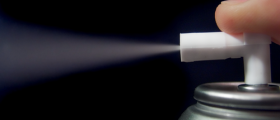
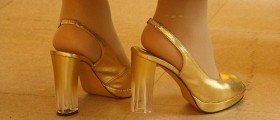
Your thoughts on this
Loading...